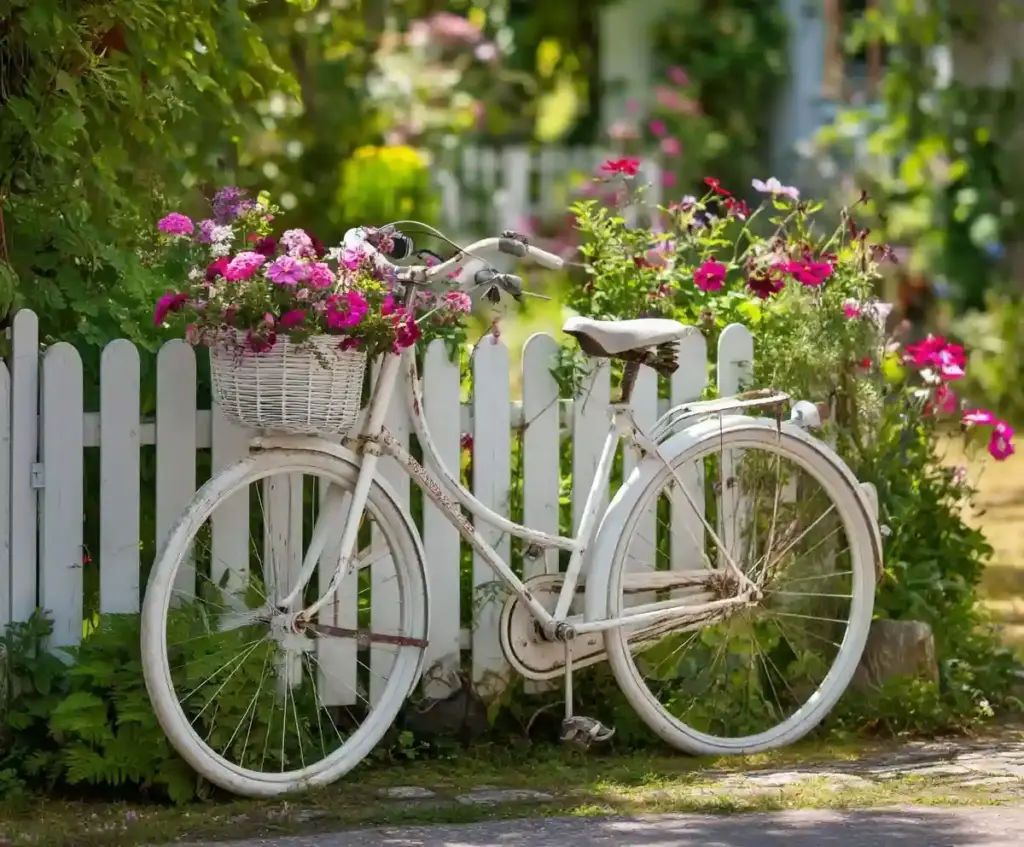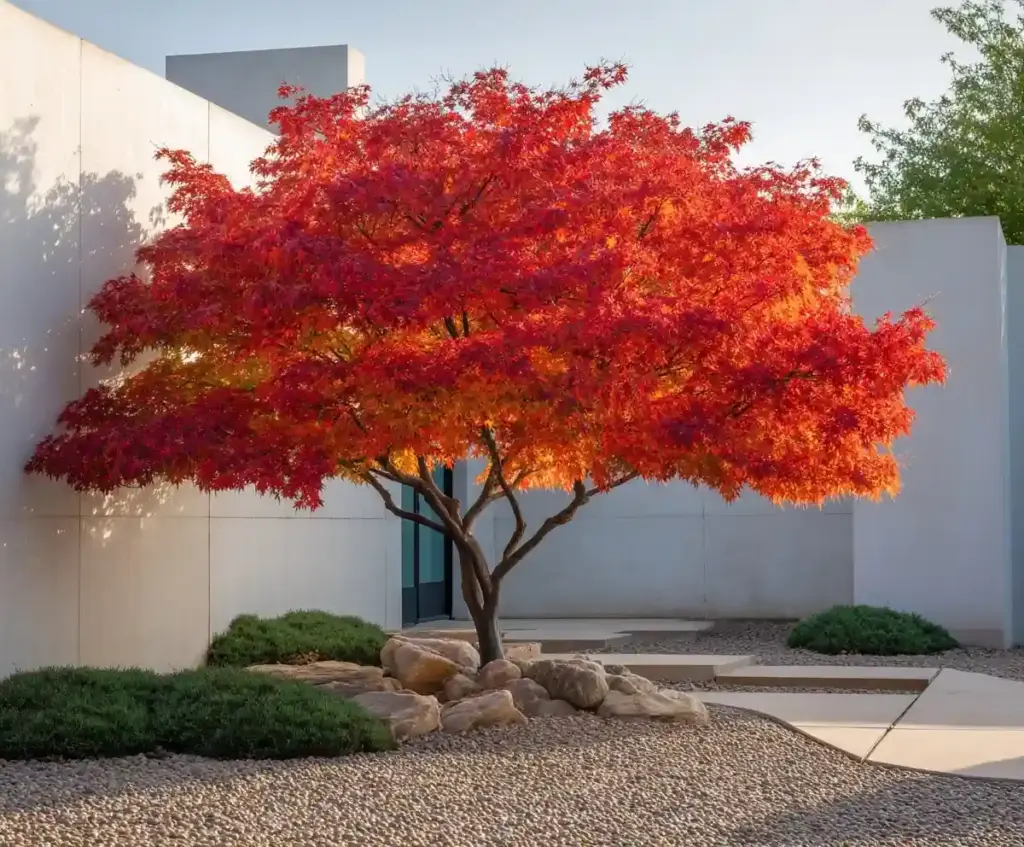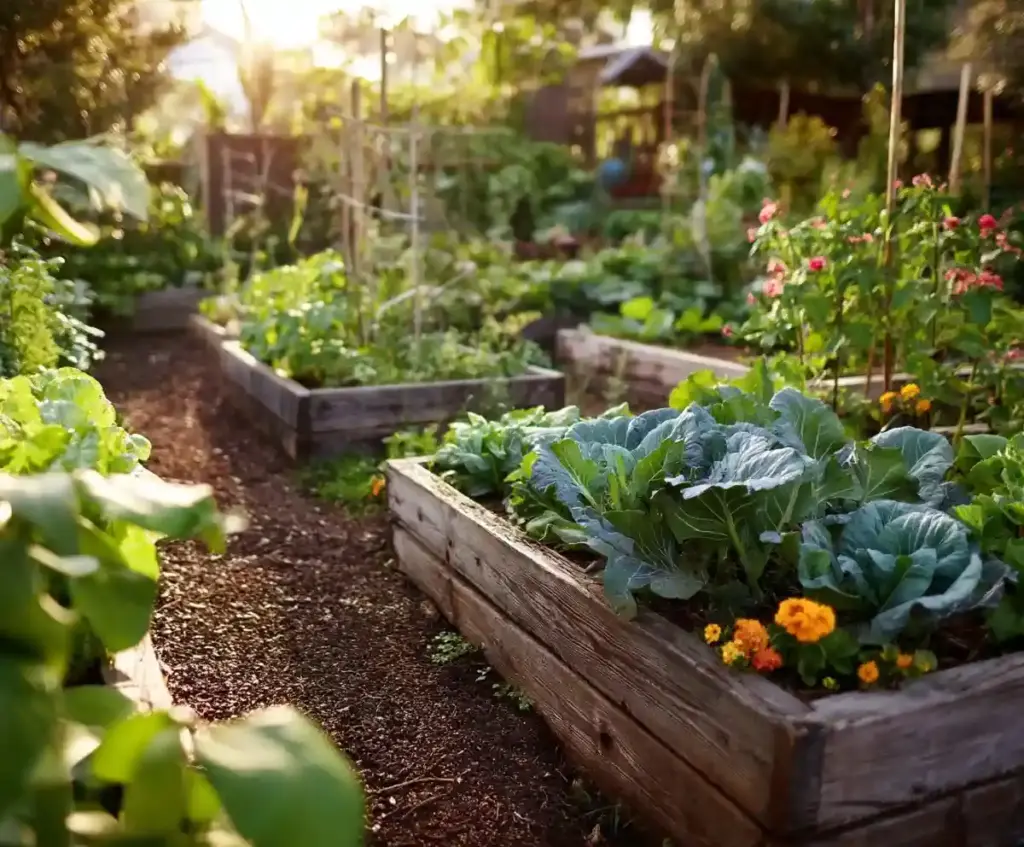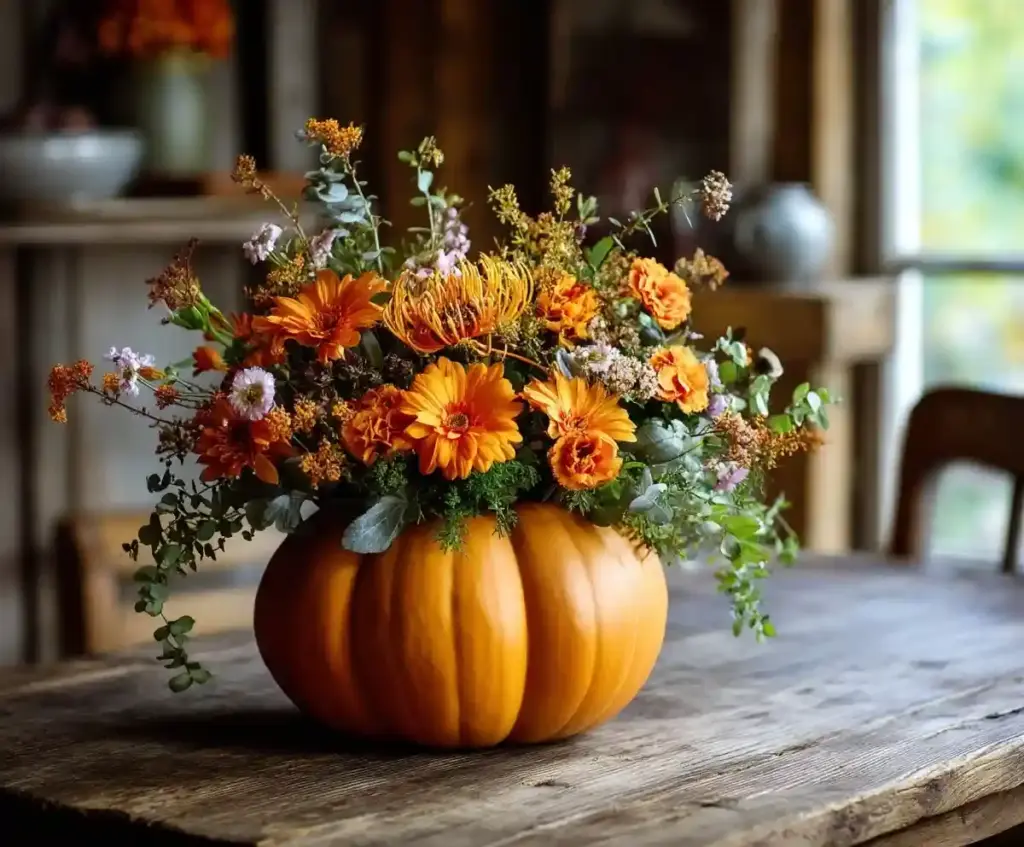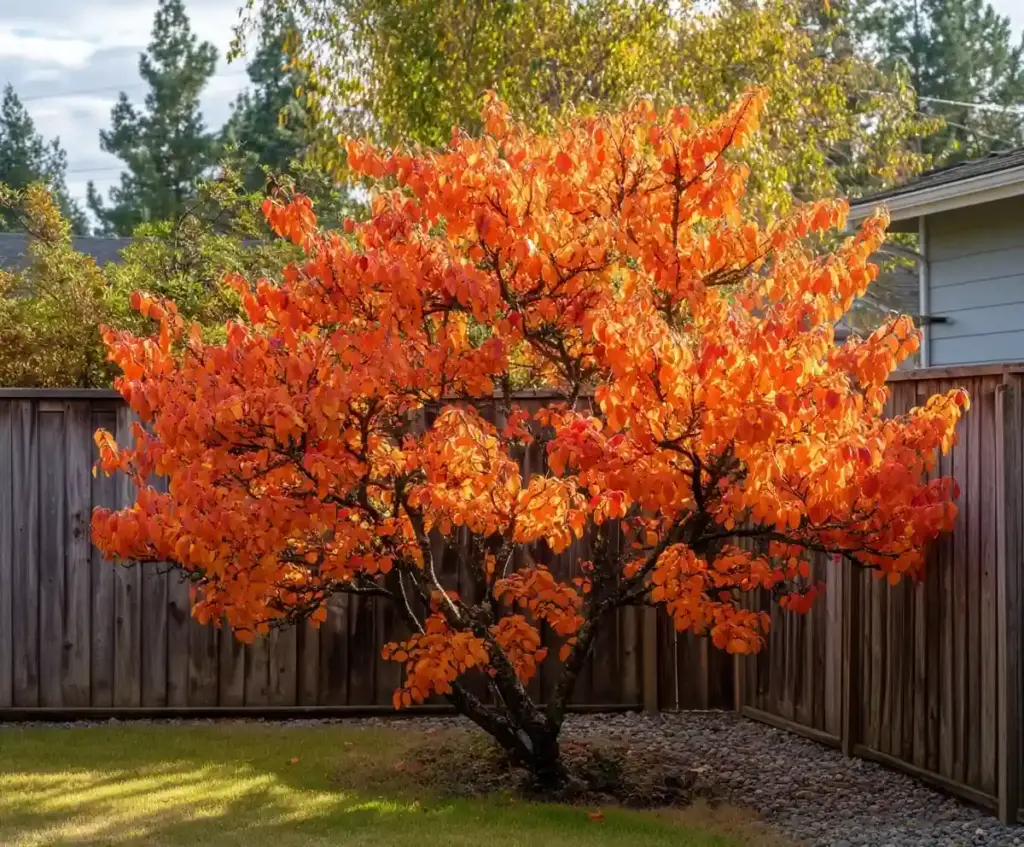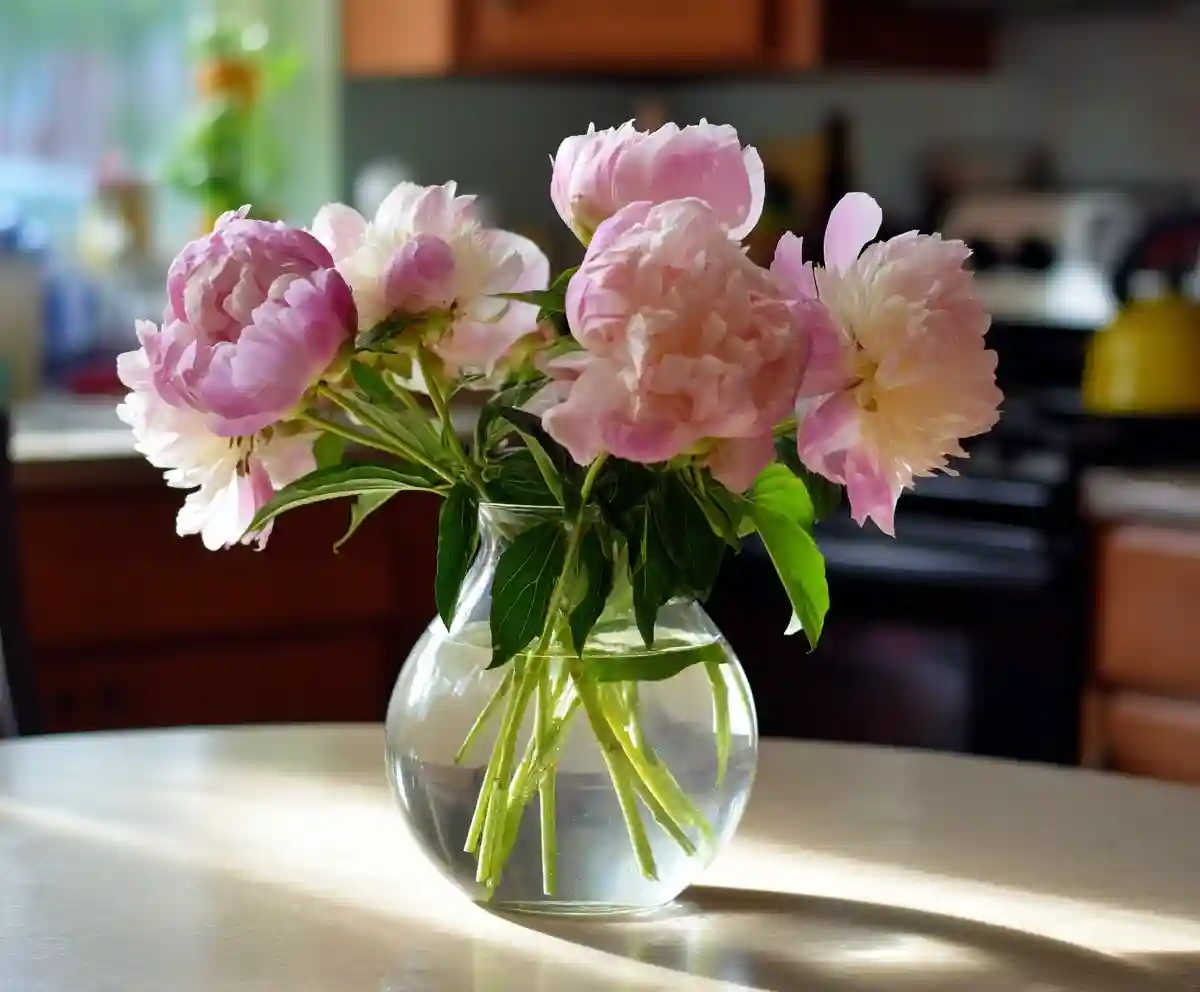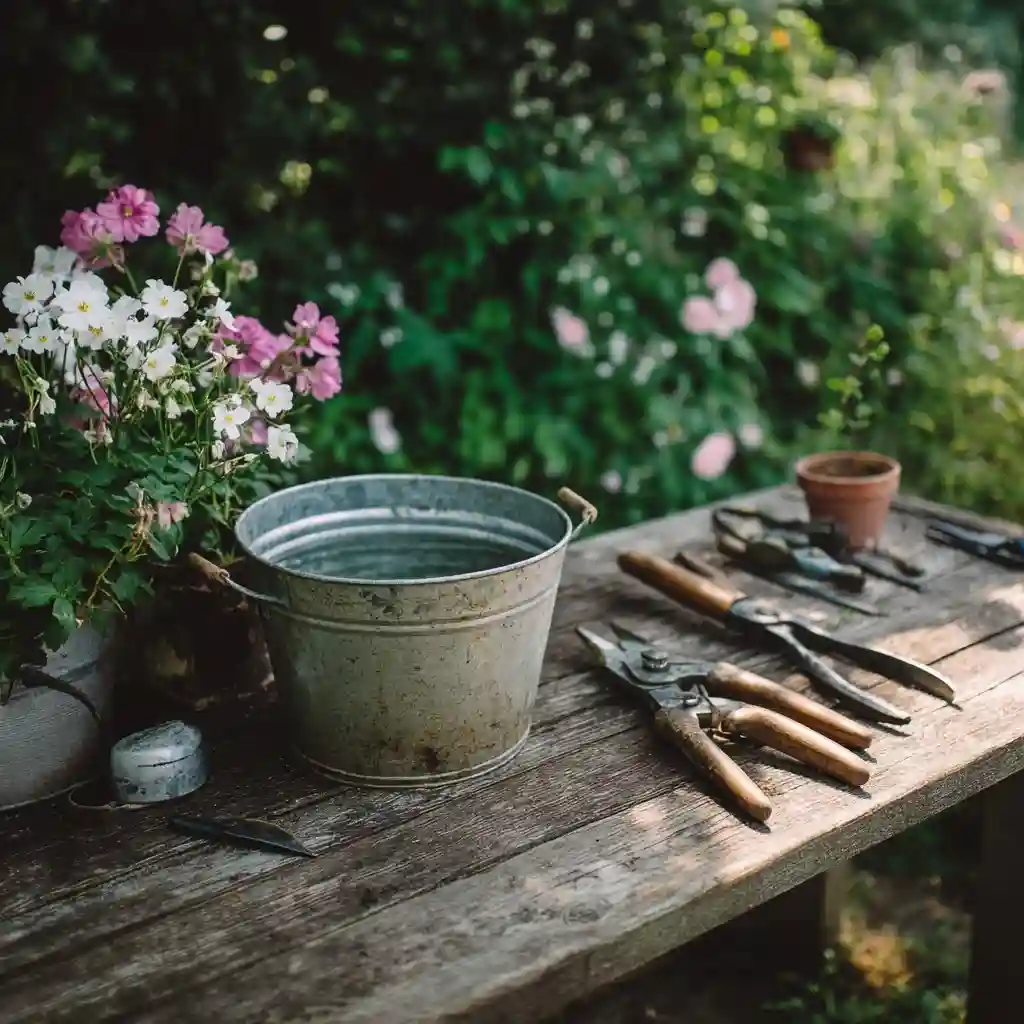Harvest peonies at just the right time, and you can enjoy their blooms far beyond their fleeting spring moment. Knowing when and how to cut your peonies not only enhances their beauty indoors, but also gives your garden the reset it needs for next season’s bloom. Whether you’re a seasoned flower grower or tending your first peony patch, timing is everything when it comes to extending vase life.
In this guide, we’ll walk you through expert steps to harvest peonies the right way—so you can enjoy their lush blooms all summer long, whether fresh in a vase or stored perfectly in your fridge for later.
Table of Contents
Tools & Prep: Set Yourself Up for Peony Success
Before you harvest peonies, having the right setup makes all the difference in keeping your blooms fresh and vibrant. A few simple tools and a bit of prep will ensure each stem is handled gently and stored in ideal conditions from the very start.
🧰 Essential Tools You’ll Need:
- Clean, sharp pruners: Dull blades crush stems and introduce bacteria. Disinfect pruners before cutting to avoid contamination.
- A clean bucket filled with cool water: Place stems immediately in water after cutting to prevent air blockages.
- Cool, shaded workspace: Peonies are sensitive to heat—work in a garage, shaded patio, or indoors with good ventilation.
- Floral stripper or clean hands: To gently remove lower leaves without damaging the stem.
Having everything ready before you start will keep the cutting process smooth and stress-free, especially on warm days when time matters most. You don’t want freshly cut blooms sitting in the sun or drying out before they reach water.
The Perfect Harvest Stage: The “Marshmallow” Bud
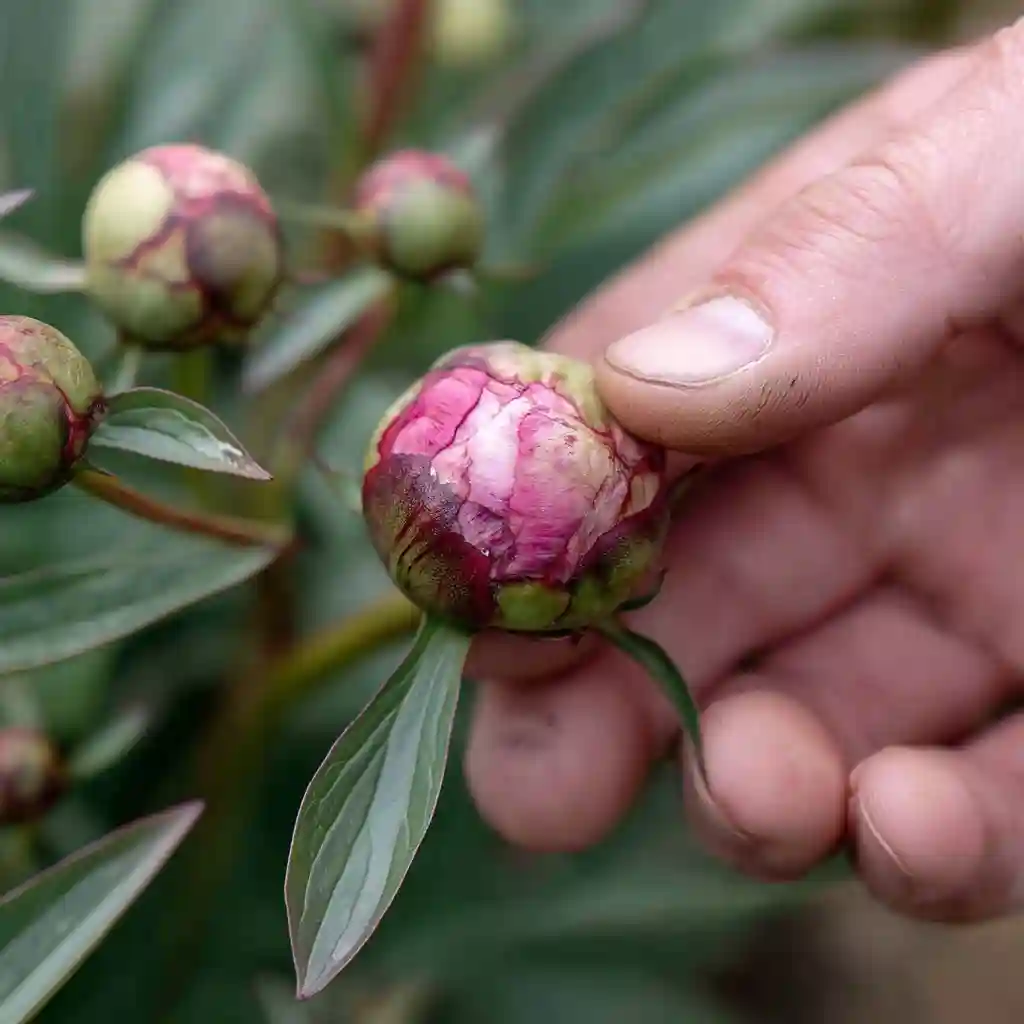
Timing is everything when you harvest peonies, and the ideal moment to cut is known among gardeners as the “marshmallow stage.” This sweet spot can make or break how long your blooms last once indoors.
🌸 What Is the Marshmallow Stage?
When peony buds begin forming, they feel like hard marbles. At this early stage, they’re not yet ready. But watch closely: as they mature, the buds soften slightly and develop a squishy texture—like pressing a marshmallow. That’s your cue.
⏰ Why It Matters
- Too early (firm buds): They may never fully open indoors.
- Too late (partially opened): You’ll lose vase life and storage potential.
Peonies in the marshmallow stage will still open beautifully once cut but haven’t yet begun their full bloom cycle. That gives you the longest possible window to enjoy them indoors—or store them for later.
💡 Pro tip: Check your peony patch 2–3 times a day when buds are close. They can go from marshmallow to full bloom in less than 24 hours during warm weather.
How to Cut Peonies for Maximum Vase Life
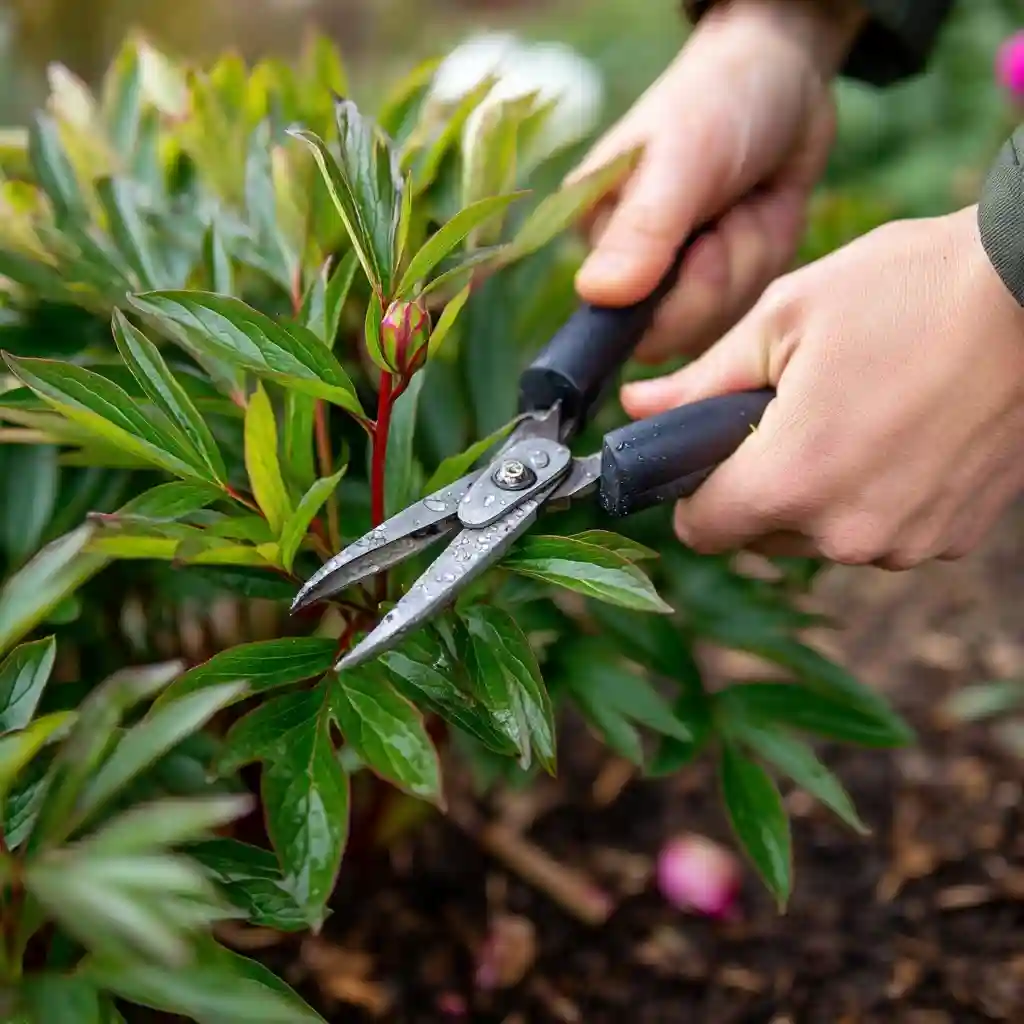
Once you’ve identified the marshmallow stage, it’s time to harvest peonies with precision. Cutting technique is just as important as timing—it directly affects water uptake, bloom longevity, and even next year’s flower production.
✂️ Use Long, Clean Cuts
- Cut on a diagonal angle: This increases surface area for water uptake and helps prevent stems from sitting flat at the bottom of a vase or bucket, which can block hydration.
- Use sterilized pruners: Dirty tools introduce bacteria that shorten bloom life.
- Cut stems as long as possible: The more stem length you have, the more flexibility you’ll have for arranging them later.
🍃 Leave 1–3 Sets of Leaves on the Plant
When you harvest, don’t strip the plant bare. Leaving a few sets of leaves behind allows the plant to photosynthesize and store energy for next season’s blooms. This small step helps preserve the long-term health of your peony bush.
A thoughtful harvest not only brings beauty indoors—it ensures those lush blooms return even stronger next year.
Strip Lower Foliage to Keep Stems Clean and Hydrated
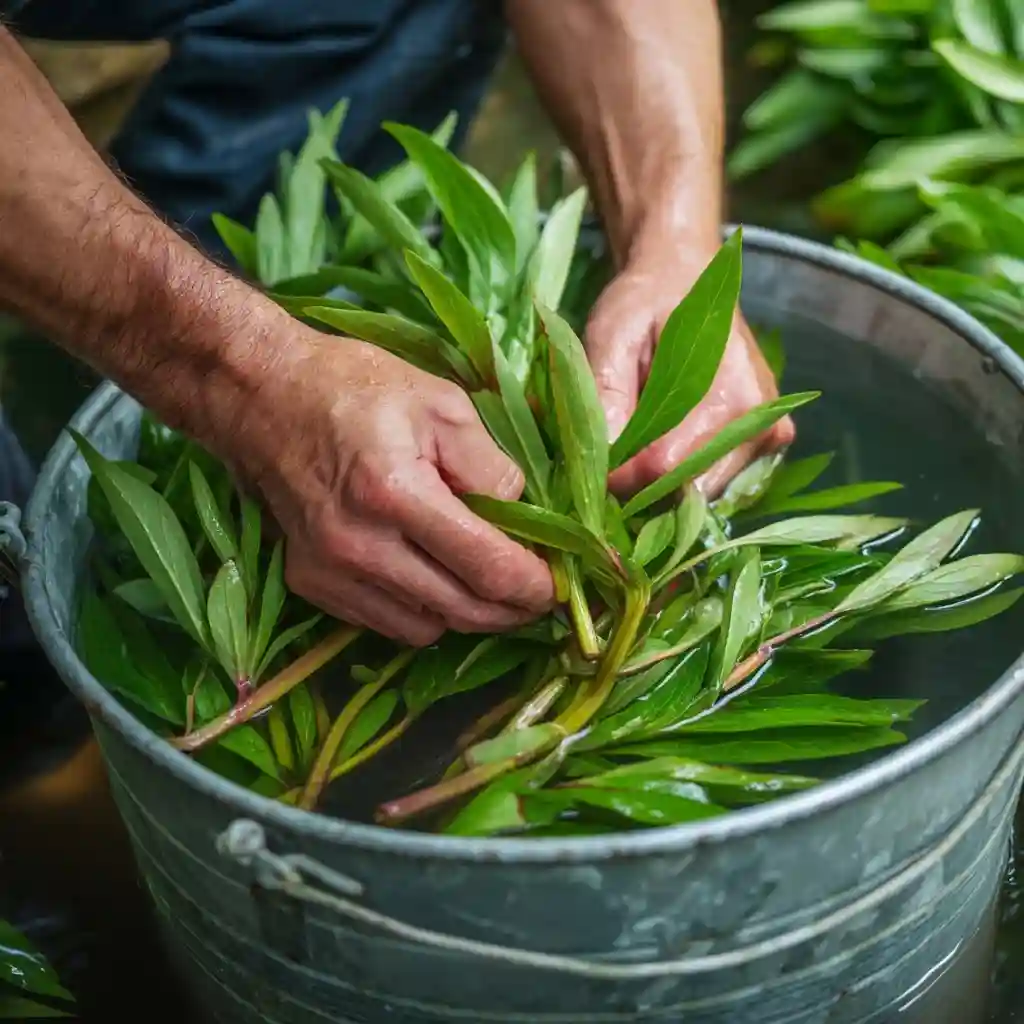
After you harvest peonies, the next step is prepping each stem for a long, healthy vase life. One of the most overlooked—but essential—steps is removing the lower leaves.
🌿 Why Remove Foliage?
Any part of the stem that will sit below the waterline in a vase should be completely leaf-free. Leaves left in water:
- Rot quickly
- Introduce bacteria
- Cloud the water
- Shorten bloom life dramatically
🛠️ How to Do It Right
- Use a floral stripper, your fingers, or clean scissors to gently remove leaves from the lower half of the stem.
- Leave the small buds near the bloom if you like—they often add charm and texture to your arrangement without affecting hydration.
This quick step goes a long way in keeping your cut peonies vibrant for as long as possible.
Recut Stems on an Angle in Clean Water

Even if you cut your peonies correctly in the garden, one final trim indoors is essential to maximize water absorption. As soon as you harvest peonies, their stems begin to seal off. A quick recut reopens the pathway for hydration.
💧 Best Practice for Recutting
- Use a sharp knife or clean floral shears—never crush the stem.
- Cut at a 45-degree angle: This prevents the stem from sitting flat on the bottom of the vase and allows more surface area to draw in water.
- Do it underwater, if possible, to avoid air entering the stem (called an air embolism), which can block water uptake.
🫗 Use Fresh, Clean Water
- Fill a clean bucket or vase with cool, fresh water.
- Change the water daily to prevent bacterial growth.
- If you’re not arranging immediately, store them in a cool room until you’re ready to move on.
This step ensures your peonies are fully hydrated before you arrange or store them—setting them up for a longer, healthier display.
Conditioning Freshly Cut Peonies for Long-Lasting Blooms
After you harvest peonies and recut the stems, it’s time to condition them—a process that helps flowers hydrate fully and prepare for display or storage. This step is critical to achieving maximum vase life.
🧊 Keep It Cool
- Place your freshly cut peonies in a cool, shaded room—avoid direct sunlight, warm rooms, or heat vents.
- Ideal temperature: 60–65°F (15–18°C) to slow the blooming process and help buds open gradually.
🚰 Use Clean Water and Optional Preservative
- Fill a clean vase or bucket with fresh, cool water.
- Add a floral preservative, if available. It helps:
- Kill bacteria
- Provide nutrients
- Maintain water pH for better absorption
💡 Homemade flower food tip: Mix 1 teaspoon sugar + 1 teaspoon white vinegar + 1 quart of warm water.
⏳ Give It Time
Let the stems sit undisturbed for at least 4–6 hours in these ideal conditions. You’ll notice the buds begin to plump and soften—this is a sign they’re well-hydrated and ready for display or long-term storage.
Storing Peonies to Last All Summer
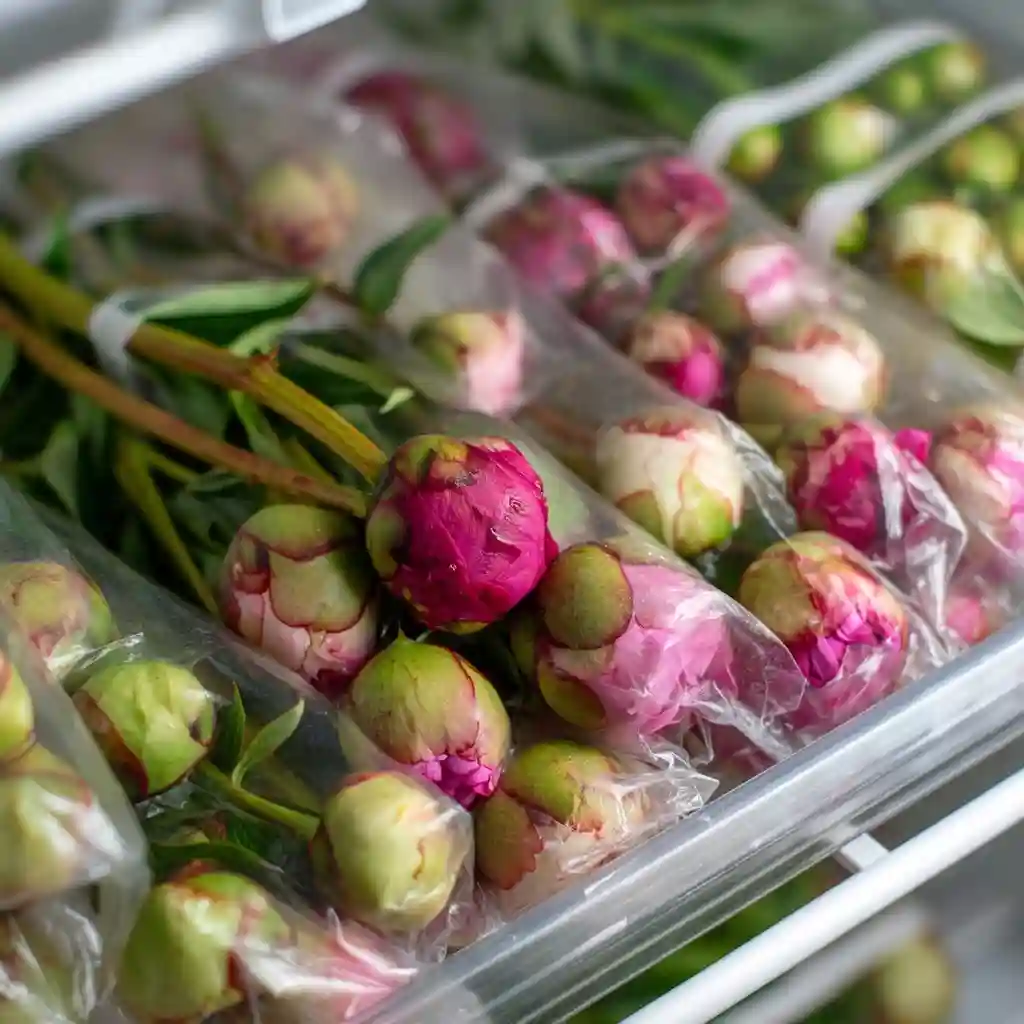
One of the best-kept secrets among flower lovers? You can harvest peonies and store them for weeks—even months—with the right technique. This method lets you enjoy fresh-looking blooms well into summer, long after the plants have stopped flowering in the garden.
🧵 Step-by-Step Peony Storage Method
- Harvest at the marshmallow stage (never once fully open).
- Remove lower foliage and recut stems at a diagonal.
- Wrap each stem individually in dry plastic, such as:
- Floral plastic sleeves
- Two-gallon zip bags (close loosely)
- Plastic wrap secured with twine or rubber bands
- Lay stems flat (horizontally) in your refrigerator—not upright.
- Keep temperature steady at 32–36°F (0–2°C).
- Avoid moisture—this is crucial. Water droplets or damp bags can cause mold.
Stored this way, peonies can stay fresh for 4–8 weeks or more, depending on variety and conditions. You can pull out a few stems at a time as needed for special occasions, weekly arrangements, or simply to enjoy their beauty again and again.
How to Wake and Open Stored Buds
When you’re ready to enjoy the peonies you stored weeks ago, it’s time to gently bring them back to life. With the right steps, your blooms will look fresh, full, and fragrant—as if you just harvested peonies that morning.
🌡️ Step-by-Step: Reviving Stored Peonies
- Remove the wrap from the stored stems carefully—avoid tearing or damaging the petals.
- Recut the stems at a 45-degree angle under running water or submerged, to open up water pathways.
- Place stems in a clean vase with room temperature water.
- Set the vase in a bright, indirect light location—not direct sun or a hot windowsill.
- Allow 12–24 hours for buds to gradually open.
Some varieties may open faster than others, depending on how long they were stored and how tight the bud was. Don’t worry if they look limp at first—this is normal. After rehydrating, they’ll perk up beautifully.
💡 Optional: Use a floral preservative to give them an extra boost and prolong vase life once they’ve opened.
Everyday Vase-Life Tips for Beautiful, Long-Lasting Peonies
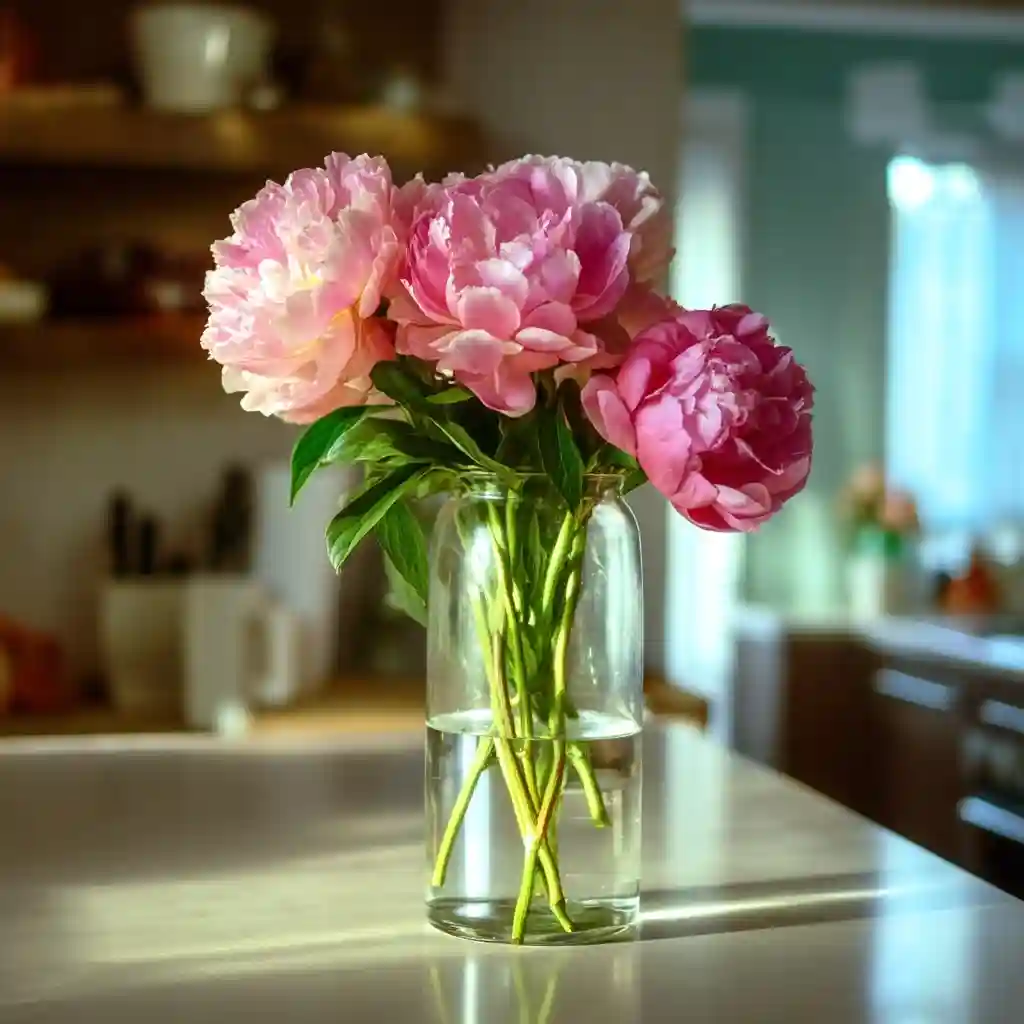
Once you’ve harvested peonies and brought them to full bloom, a few simple habits will help extend their vase life and keep them looking fresh and lush for as long as possible.
🧼 Daily Care Makes All the Difference
- Keep them cool
Place your arrangement in a cool room away from direct sunlight, heat vents, or appliances. Even ceiling fans can dry them out faster. - Change water daily
Fresh, clean water is the single most important thing you can give cut peonies. Swap it every 24 hours and rinse the vase to remove bacteria buildup. - Re-trim stems every 2–3 days
Just a small diagonal trim helps the stem absorb more water and prevents blockage. Do this under running water or in a clean sink. - Remove spent blooms
As individual flowers fade, snip them off to focus energy on the remaining buds. This also keeps your arrangement looking tidy.
With the right care, cut peonies can last up to 7–10 days in a vase—sometimes even longer when stored or conditioned properly.
FAQs
Why Are There Ants on My Peonies?
Peonies produce a sweet sap on their buds that naturally attracts ants. They don’t harm the flowers—in fact, they help keep other pests away. To bring peonies indoors:
Gently shake or tap stems to dislodge ants before cutting.
If needed, give them a quick rinse with cool water outdoors.
Why Are My Peonies Drooping?
Droopiness is usually caused by poor hydration. To fix or prevent it:
Recut the stems and place in warm water for an hour.
Keep the vase in a cool, shaded spot.
Avoid overcrowding the vase—airflow helps.
Did I Miss the Right Cutting Time?
If your blooms are already wide open in the garden, they won’t last long indoors. Aim to harvest peonies in the marshmallow stage next season. You can still enjoy fully opened flowers in a vase—they just won’t store well or last as long.
Do Peony Varieties Affect Longevity?
Yes! Some varieties last longer in storage and vase:
Festiva Maxima and Sarah Bernhardt: Great for cutting and storing
Coral Charm: Beautiful but shorter vase life
Bowl of Beauty: Lovely display, best for immediate use
💡 Try planting a mix of early, mid, and late-season peonies to stretch your harvest window.
🌿 Love gardening inspiration? Follow me on Pinterest for bold plant ideas, tips, and seasonal color!
More Posts
